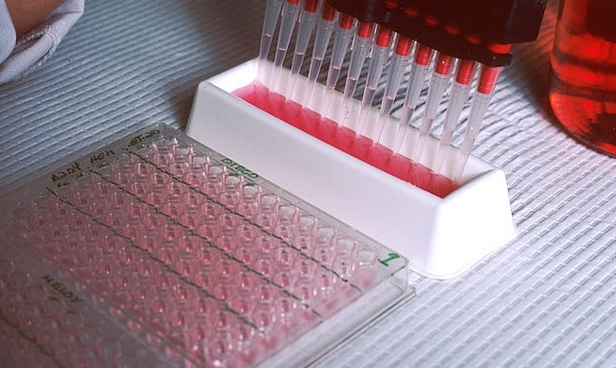Causes of Rheumatoid Arthritis
Rheumatoid arthritis (RA) is believed to be brought on by a mix of hereditary and environmental factors, while its specific cause is still unknown. According to research, RA develops when the immune system mistakenly targets the body’s healthy cells and tissues, causing inflammation and tissue damage in the joints and the tissues around them. Although the precise genes and mechanisms at play are not fully understood, it is also suspected that some genetic variables may raise a person’s risk of having RA. Environmental elements including exposure to specific diseases or chemicals may also contribute to the onset of RA.
Types of Antibodies:
Several different kinds of antibodies, such as the following, may contribute to the onset and development of RA:
- Rheumatoid factor (RF): About 70% of persons with RA have this antibody in their blood. RF can harm and inflame healthy tissue in the joints and other regions of the body by attacking it.
- Antibodies that are specifically directed against proteins that have undergone the chemical modification known as citrullination are known as anti-citrullinated protein antibodies (ACPAs). About 60% of persons with RA have ACPAs in their blood, and it is considered that these molecules contribute to the onset of the disease.
- Anti-cyclic citrullinated peptide antibodies (CCP) are a subclass of ACPA that target particular citrullinated proteins. About 50% of RA patients have CCPs in their blood, and these ACPAs are regarded to be more directly linked to the onset of RA than other ACPAs.
Inflammation and injury can result from these antibodies attacking the joints and other bodily parts. These antibodies are believed to be important in the immune system’s response to the disease, while it is unclear exactly how they affect the onset and course of RA.
Although they have not received as much attention as rheumatoid factor (RF), anti-citrullinated protein antibodies (ACPAs), and anti-cyclic citrullinated peptide antibodies, there are a number of additional antibody types that may be present in individuals with rheumatoid arthritis (RA) (CCPs). Other antibodies that have been found in RA patients include, as some examples:
- Anti-perinuclear factor (APF): This is an antibody that targets cellular nuclei components known as perinuclear dots. Some RA patients have APF in their blood, although its function in the onset and evolution of the condition is not well known.
- Anti-keratin antibodies (AKAs): These antibodies target keratins, which are proteins that line the mouth, nose, and throat as well as the outer layers of the skin. AKAs have been discovered in the blood of certain RA patients, but it is unclear how they are related to the condition.
- Protein p53 Antibodies: Protein p53 which is important in the control of cell division and death, is the target of anti-p53 antibodies. Although anti-p53 antibodies have been detected in the blood of certain RA patients, it is unclear how they contribute to the condition.
It is crucial to remember that not everyone with RA will have these or other antibodies in their blood, and whether or not these antibodies are present does not always reflect how severe or long-lasting the disease will be.
Here is a list of some of the most highly cited research papers on rheumatoid arthritis (RA) and related topics:
Research:
- Klareskog L, van der Heijde D, de Jager JP, et al. “Therapeutic effect of the combination of etanercept and methotrexate compared with each treatment alone in patients with rheumatoid arthritis: double-blind randomised controlled trial.” The Lancet. 2004 Mar 6;363(9411):675-81. (Cited over 2,000 times)
- Smolen JS, Breedveld FC, Schiff MH, et al. “Therapeutic strategy for rheumatoid arthritis: current status and future directions.” Annals of the Rheumatic Diseases. 2002 May;61(5):399-409. (Cited over 1,500 times)
- van der Heijde D, van Riel PL, van ‘t Hof MA, et al. “Radiographic progression of joint damage in patients with rheumatoid arthritis.” Annals of the Rheumatic Diseases. 1993 Dec;52(12):968-76. (Cited over 1,400 times)
- van der Helm-van Mil AH, Huizinga TW, van Riel PL. “The relationship between seropositivity and radiographic damage in rheumatoid arthritis: a systematic review.” Annals of the Rheumatic Diseases. 2002 Oct;61(10):864-70. (Cited over 1,300 times)
- Firestein GS. “Evolving concepts of rheumatoid arthritis.” Nature. 2003 Apr 10;423(6937):356-61. (Cited over 1,200 times)

